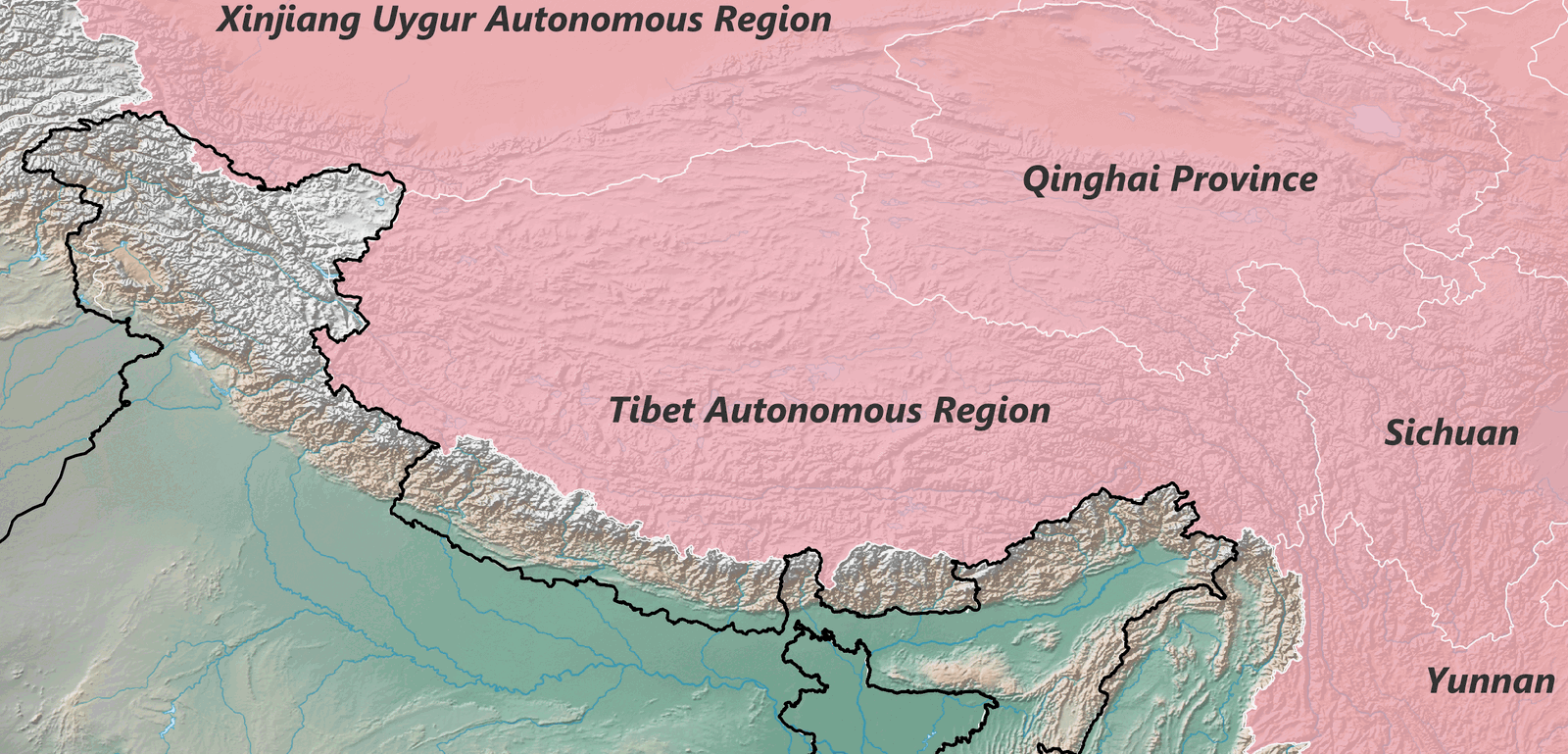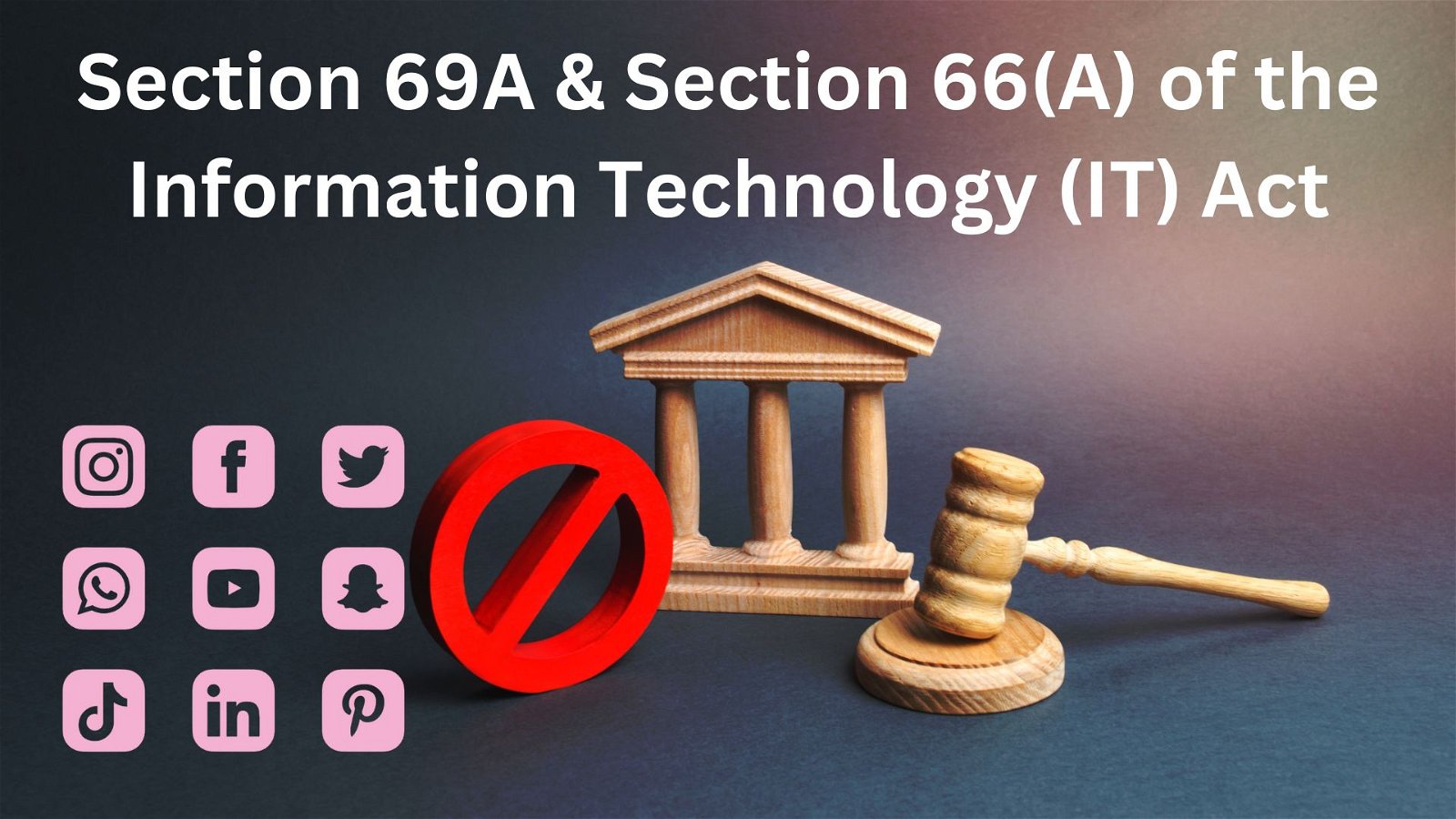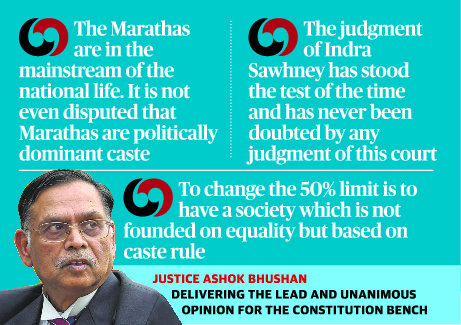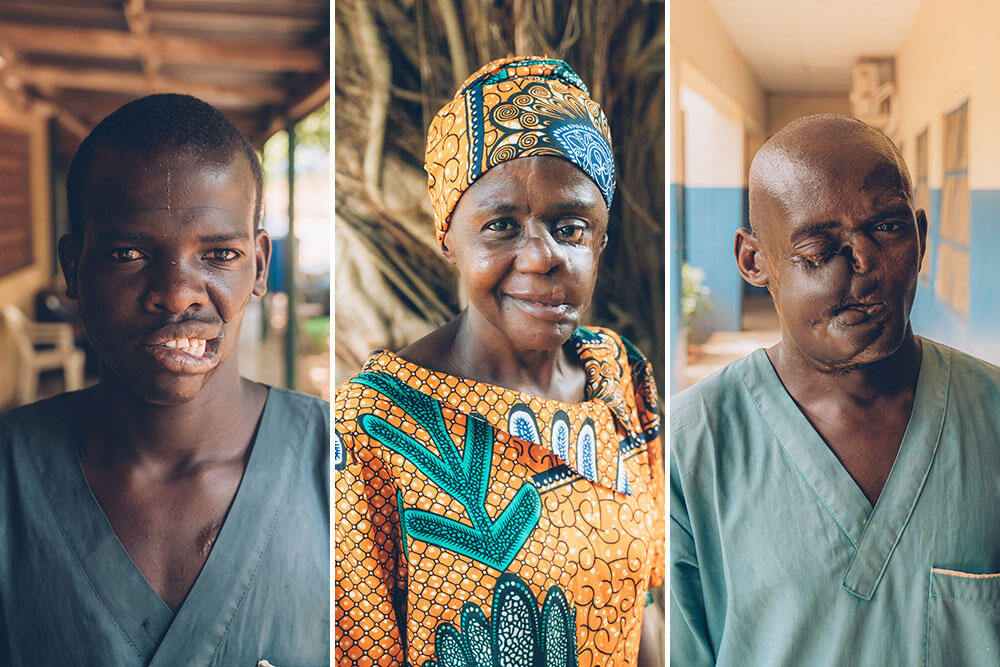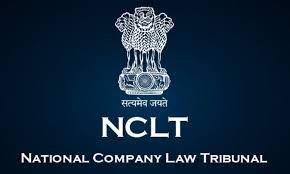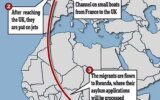
Low Durability in Contemporary Vaccines
Subscribers of "Current Affairs" course can Download Daily Current Affairs in PDF/DOC
Subscribe to Never Miss an Important Update! Assured Discounts on New Products!
Must Join PMF IAS Telegram Channel & PMF IAS History Telegram Channel
- Context (TH): Contemporary Vaccines today often display low durability in maintaining protective immunity.
- Recent research conducted a review of 34 licensed vaccines, revealing that only a minority provide prolonged protection exceeding 20 years.

Vaccination
- Vaccines play a crucial role in bolstering our immune system’s defenses against harmful pathogens.
- They aim to mimic natural infections without causing illness.
- Primary immune response: After vaccination, B cells produce antibodies.
- Secondary immune response: Upon re-exposure (boosters or actual pathogen encounter), memory B cells and LLPCs kick into action.
How do the vaccines work?
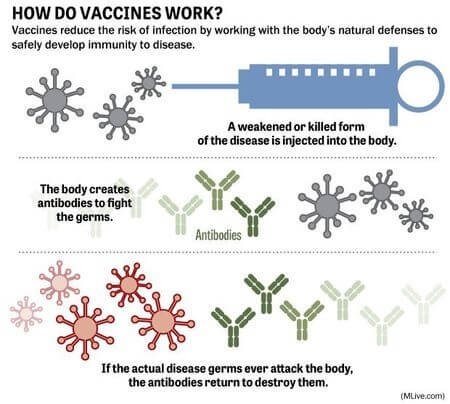
- Introduction of Antigens:
- Vaccines contain either weakened or inactivated forms of the pathogen (such as viruses or bacteria) or specific parts of the pathogen (like proteins).
- When we receive a vaccine, these antigens are introduced into our body.
- Immune System Activation:
- Our immune system recognizes these antigens as foreign invaders.
- Specialized cells, such as B cells and T cells, respond to the antigens.
- B Cell Response:
- B cells produce antibodies—proteins that specifically target the pathogen.
- These antibodies bind to the antigens, neutralizing them and preventing infection.
- Memory Cells Formation:
- Some B cells become memory B cells.
- These memory cells “remember” the pathogen and remain in our system for a long time.
- T Cell Response:
- T cells play a critical role in coordinating the immune response.
- They help B cells produce antibodies and directly attack infected cells.
Long-term Immune Protection
- Memory B Cells and Long-Lived Plasma Cells (LLPCs): Memory B cells and LLPCs are key players in long-term immune protection.
- They form after exposure to a pathogen (or a vaccine) and persist in our body for extended periods.
- Memory B Cells:
- Function: Memory B cells “remember” specific pathogens.
- Location: They reside in secondary lymphoid tissues (such as lymph nodes and spleen) and circulate in the blood.
- Response: When the same pathogen reappears, memory B cells quickly differentiate into plasma cells, producing specific antibodies.
- Durability: Memory B cells can persist for years or even decades.
- LLPCs:
- Function: LLPCs are antibody factories.
- Location: They primarily reside in the bone marrow.
- Response: When needed, LLPCs churn out antibodies against the pathogen.
- Durability: LLPCs can survive for a very long time—sometimes a lifetime.
|
Factors that contribute to the disparity in Vaccine Durability
Vaccine-Related Factors
Vaccine Type
- Live attenuated vaccines (e.g., measles, mumps, rubella):
- Mimic natural infection closely.
- Generate robust memory B cells and long-lived plasma cells (LLPCs).
- Provide long-lasting immunity.
- Inactivated vaccines (e.g., flu shots):
- May not induce LLPCs as effectively.
- Require periodic boosters.
Antigen Persistence
- Some vaccines maintain antigen presence longer (e.g., live vaccines).
- Prolonged antigen exposure enhances memory cell formation.
Adjuvants
- Adjuvants (like aluminium salts) enhance immune responses.
- They influence memory cell development.
Route of Administration
- Different routes (intramuscular, oral, nasal) impact immune memory.
- Intramuscular vaccines often generate robust responses.
Target Pathogen-Related Factors
- Pathogen Variation:
- Some pathogens mutate rapidly (e.g., influenza virus).
- Antigenic changes require frequent vaccine updates.
- Antigen Complexity:
- Complex pathogens (e.g., HIV) challenge vaccine design.
- Generating effective immune memory is difficult.
- Persistence of Pathogen:
- Some pathogens (e.g., hepatitis B virus) persist in the body.
- Vaccines must maintain immune memory over time.
Host-Related Factors
- Individual Variation:
- Genetics, age, health status influence responses.
- Some individuals mount stronger reactions than others.
- Immunosuppression:
- Immunosuppressed individuals (e.g., transplant recipients) may have weaker immune memory.
- Vaccination strategies must consider such populations.
Way Forward
- Develop vaccines that stimulate robust and durable responses.
- Tailor vaccines based on individual factors.
- Design effective booster schedules.
- Boost memory cell responses when needed.
- Address disparities in vaccine access and equity.




![PMF IAS Environment for UPSC 2022-23 [paperback] PMF IAS [Nov 30, 2021]…](https://pmfias.b-cdn.net/wp-content/uploads/2024/04/pmfiasenvironmentforupsc2022-23paperbackpmfiasnov302021.jpg)
